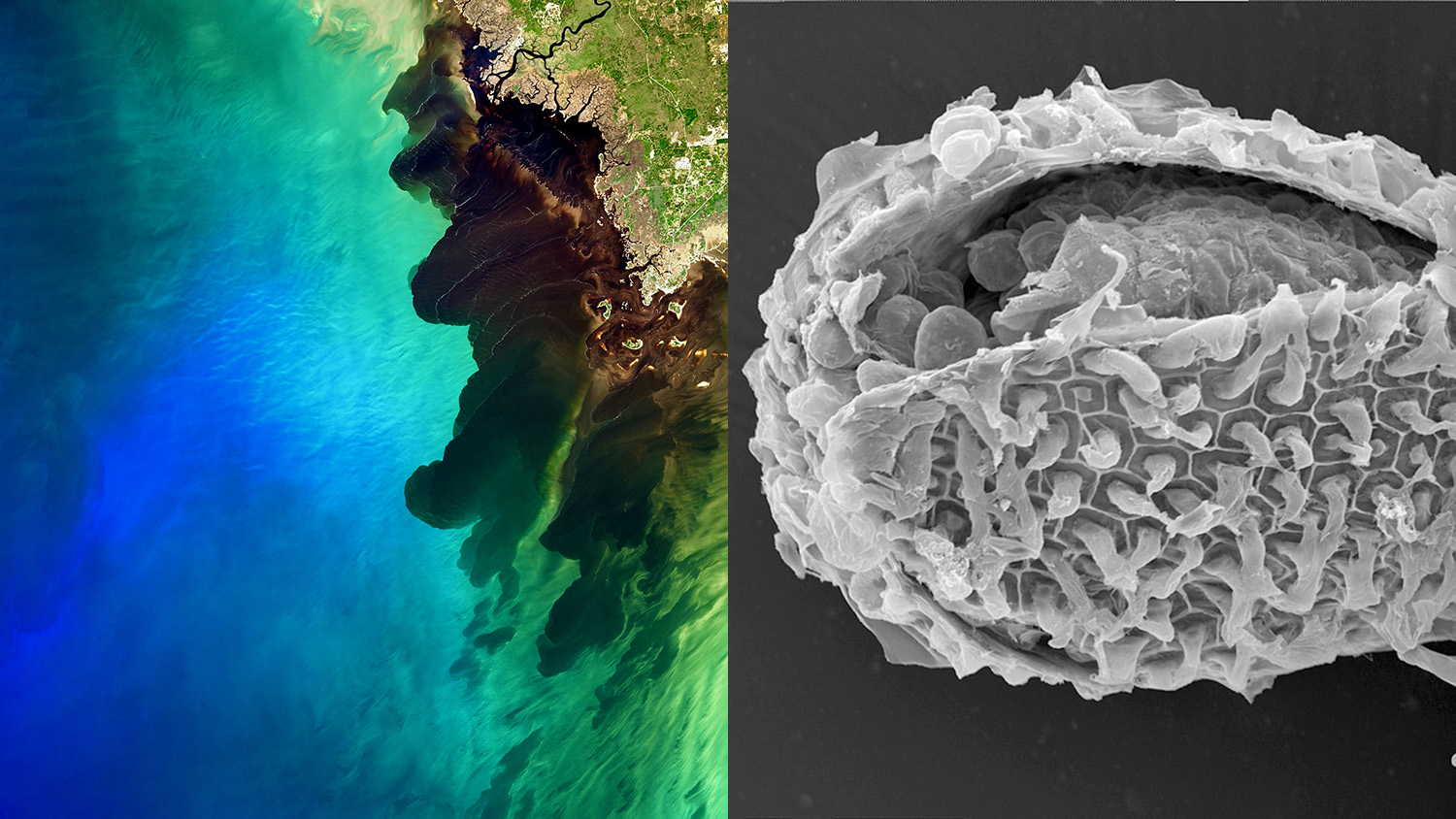Staff
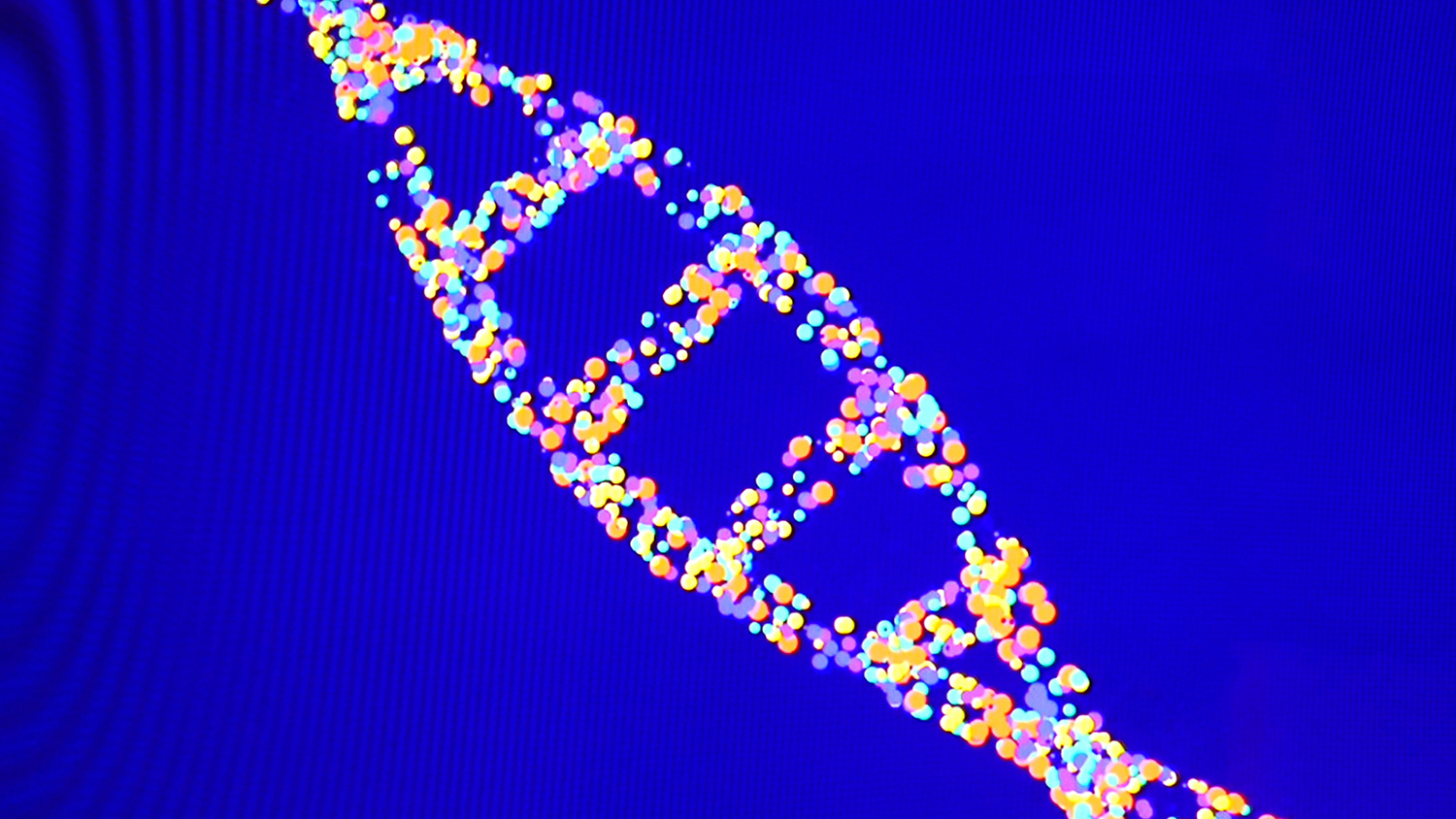
Building New Tools to Study the Epigenome
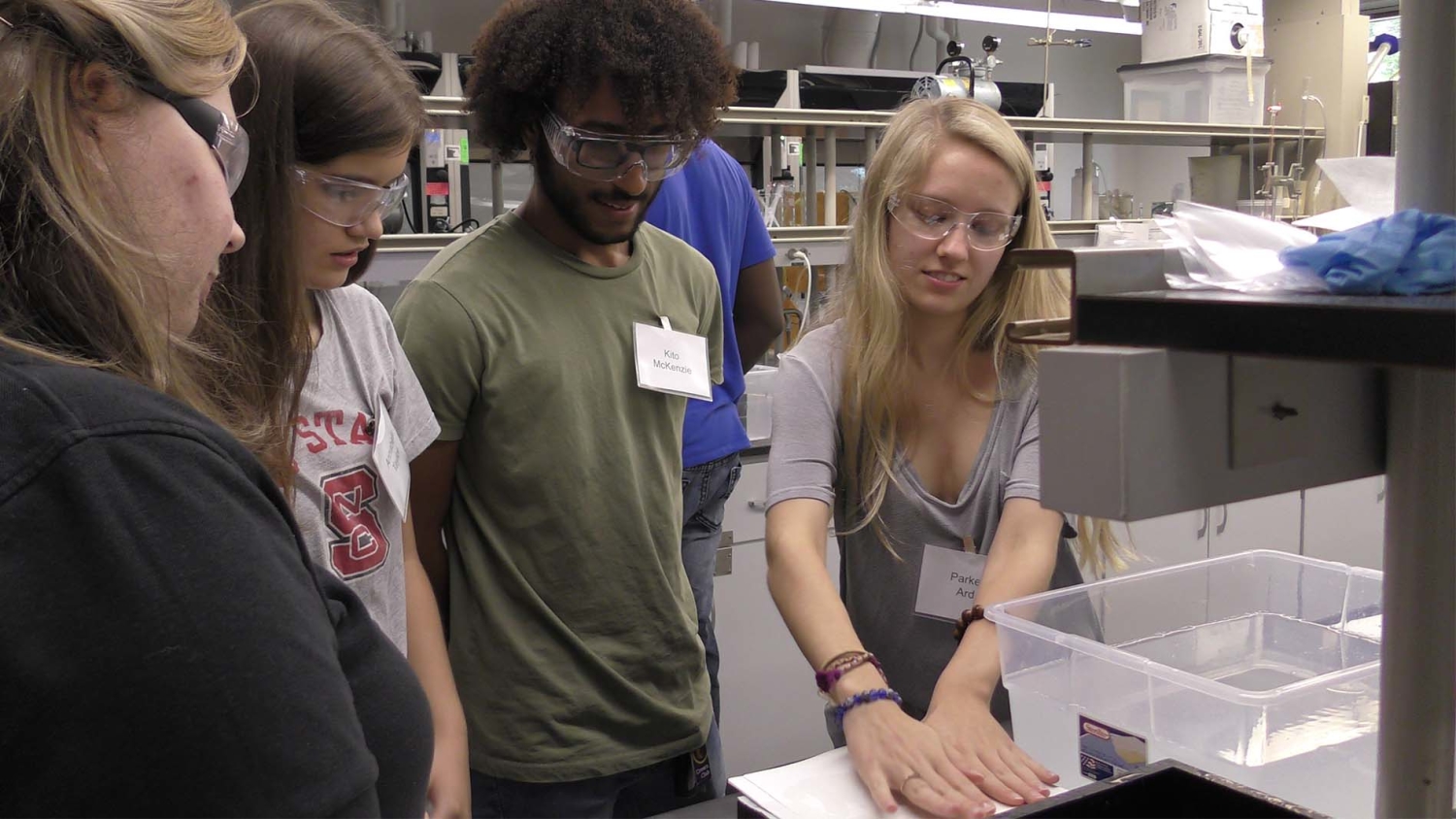
New Program to Fuel Bioeconomy Launches
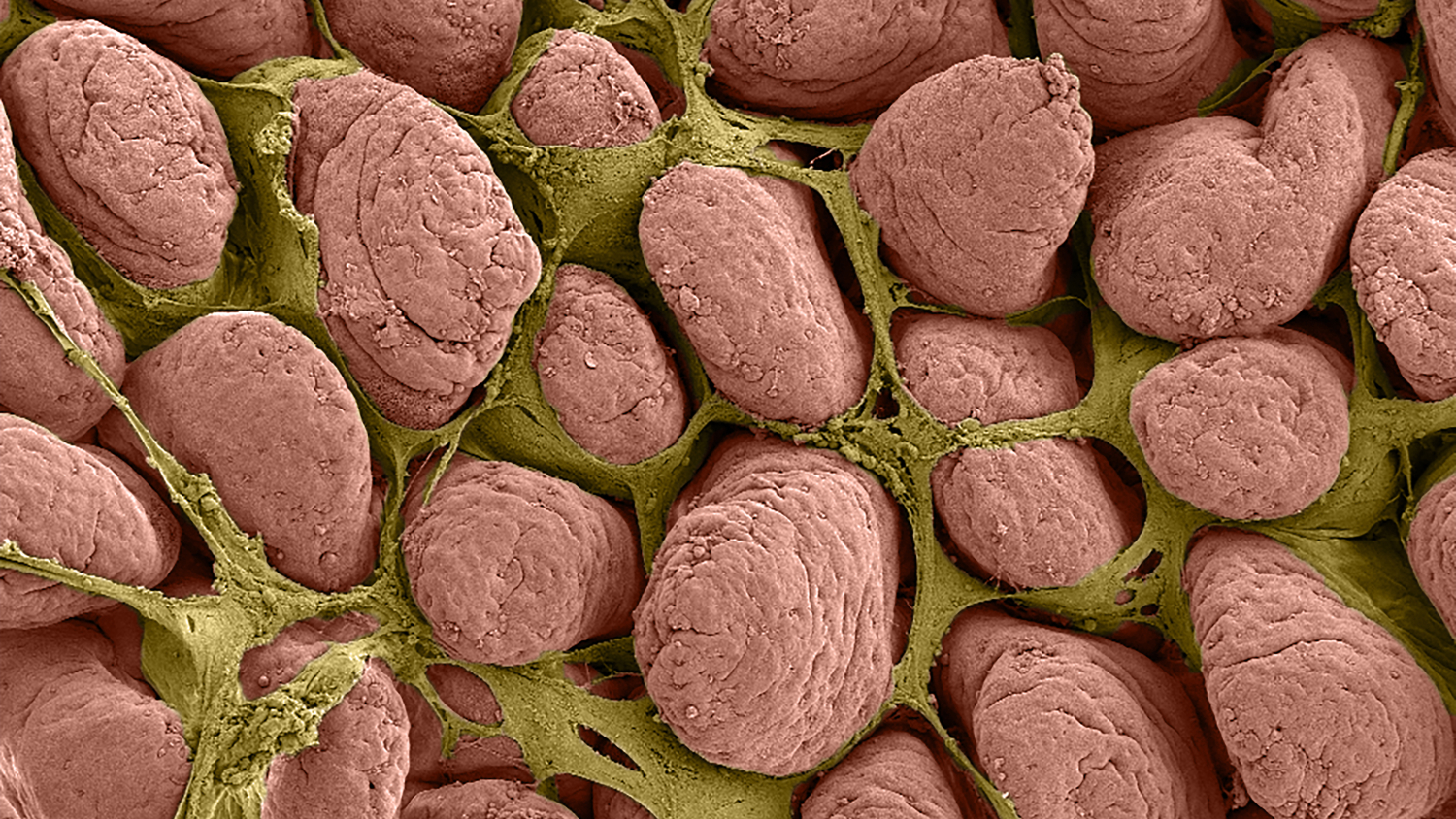
Mucosal Environment of Older Pigs Helps Newborn Piglets with Intestinal Injury Recover
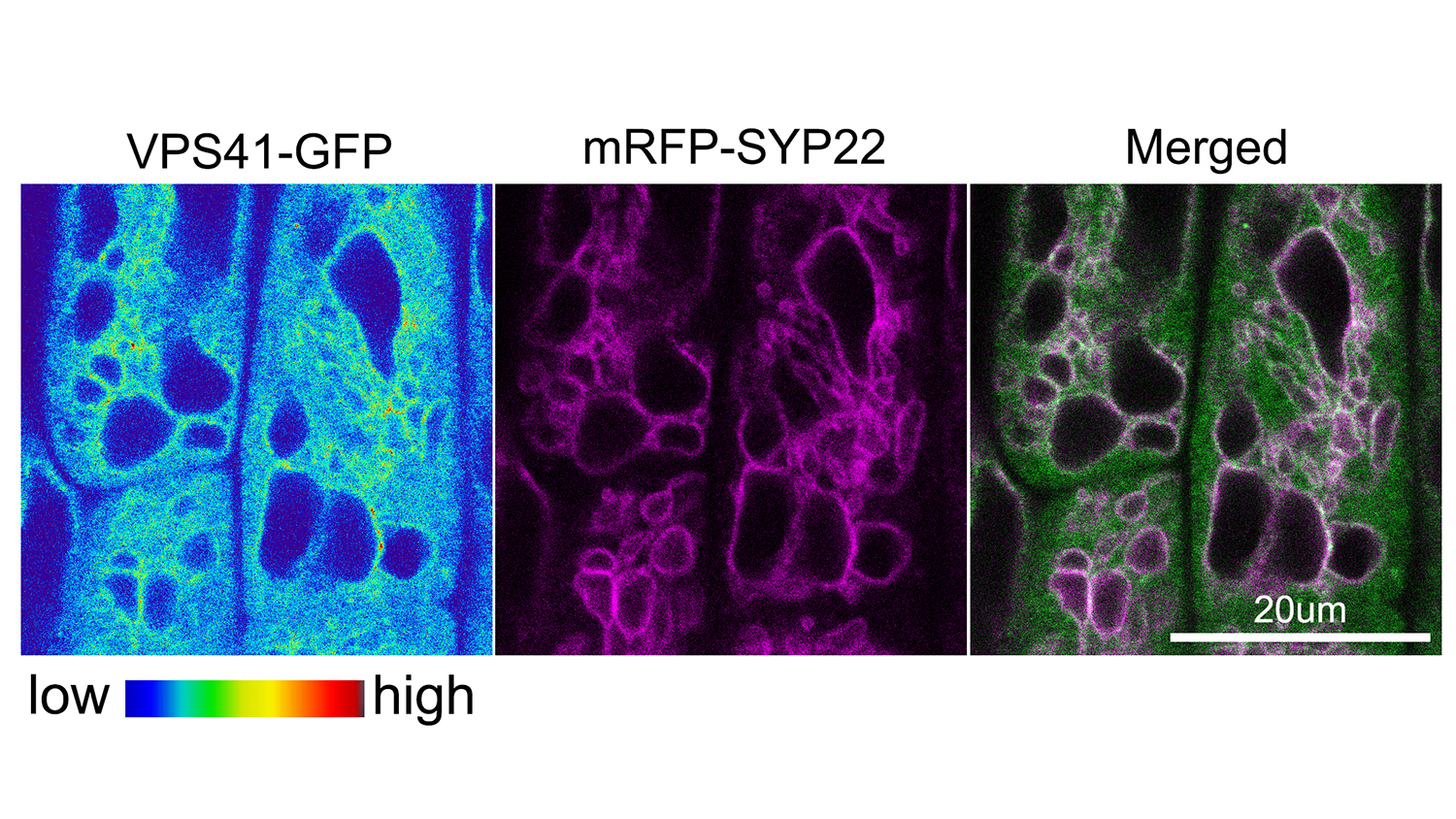
Plant Protein Complex Plays Larger Role Than Previously Known in Important Growth and Development Process

Proposal Seeks to Improve Assessment of Drug Risks
NIH Awards CVM’s Nascone-Yoder $1.5M Grant
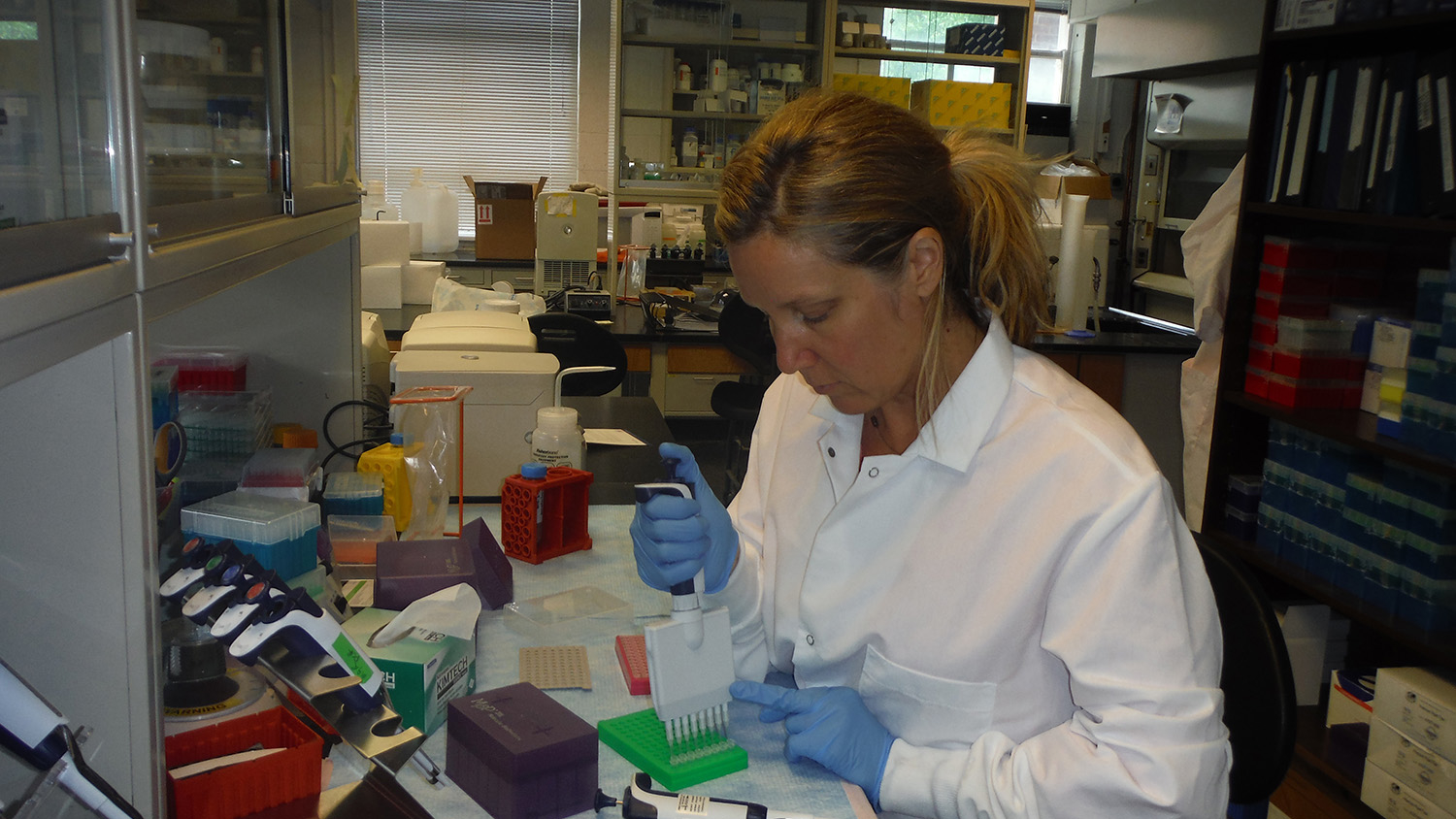
In the Wild and the Lab, Female Mosquitoes Get Choosy Quickly to Offset Invasions
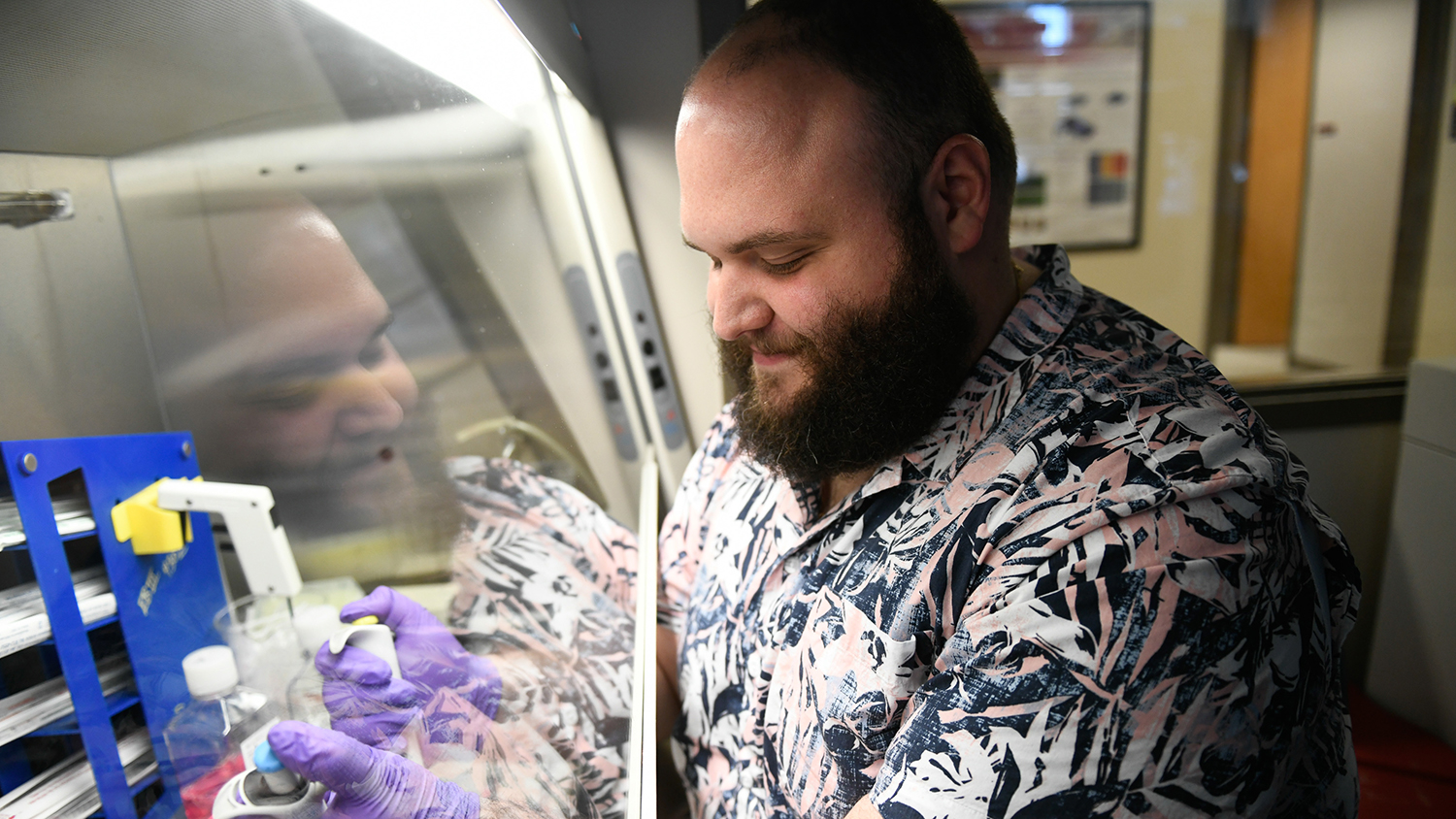
Out of the Lab and Into the World
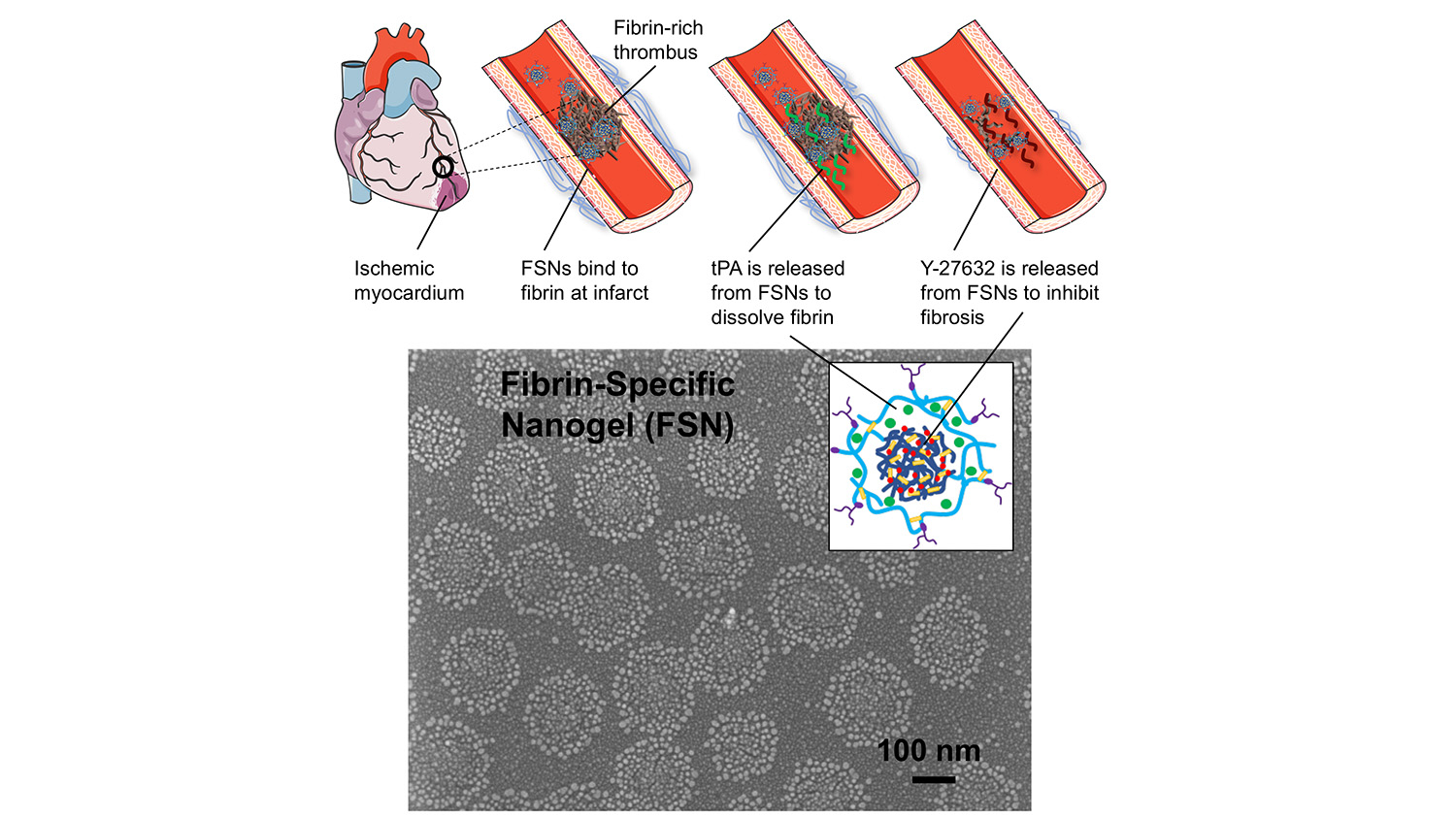
New System Allows Rapid Response to Heart Attacks, Limits Cardiac Damage
